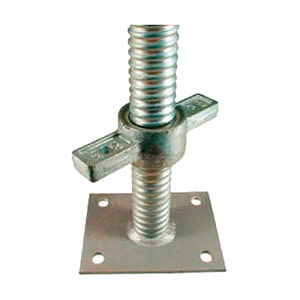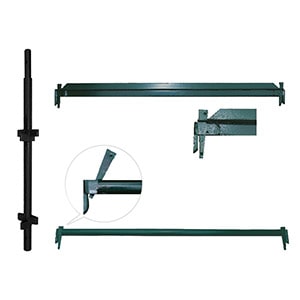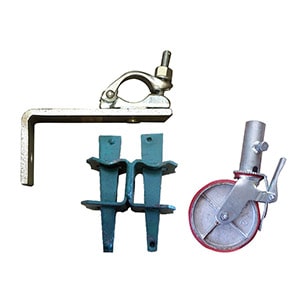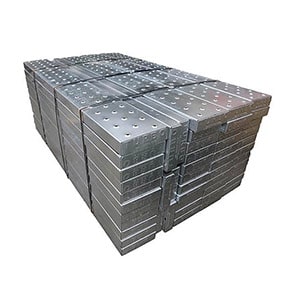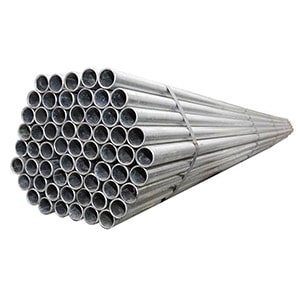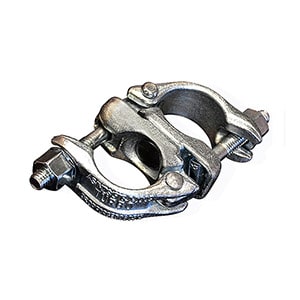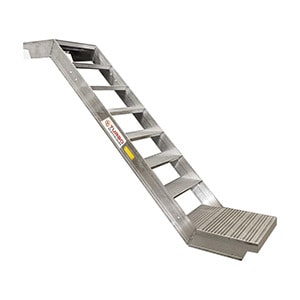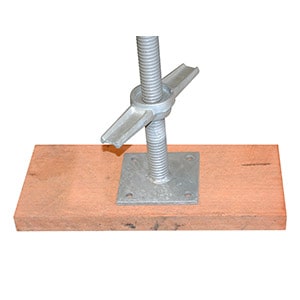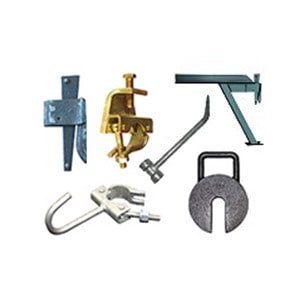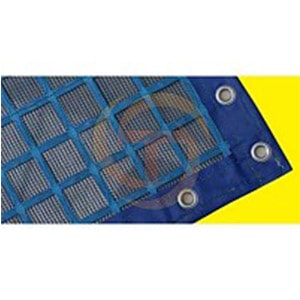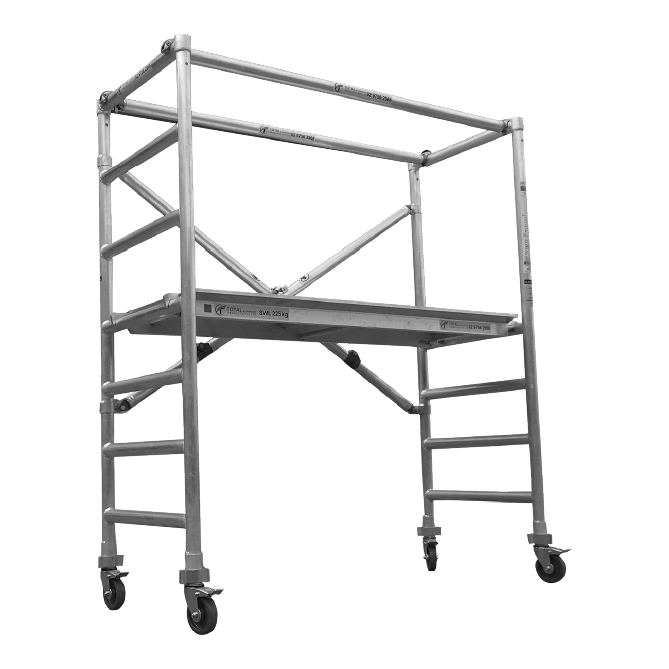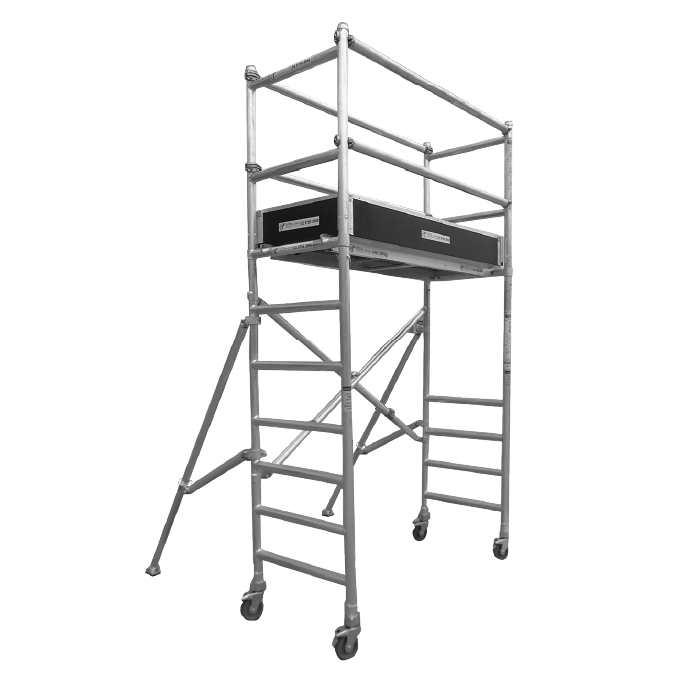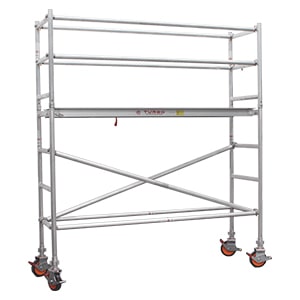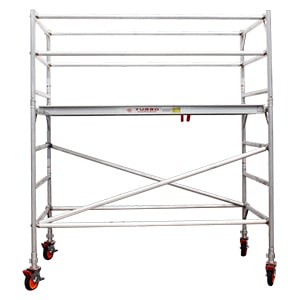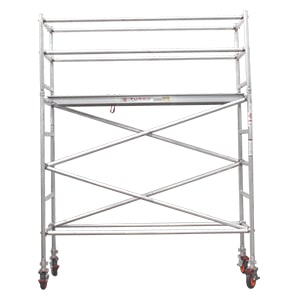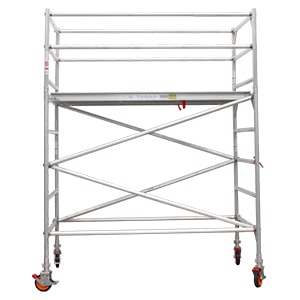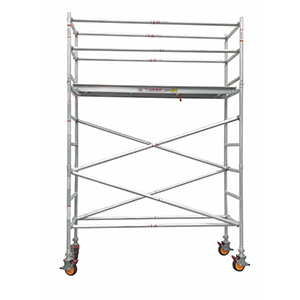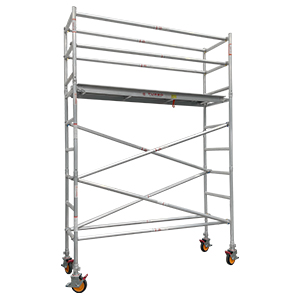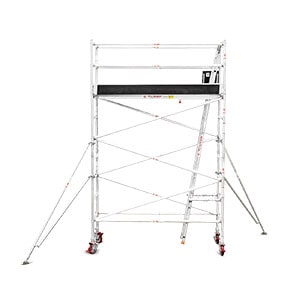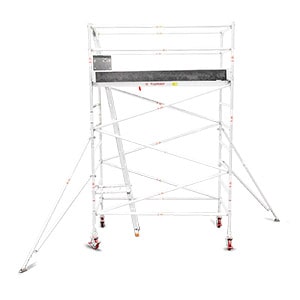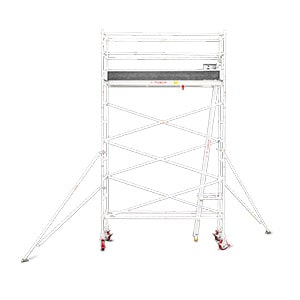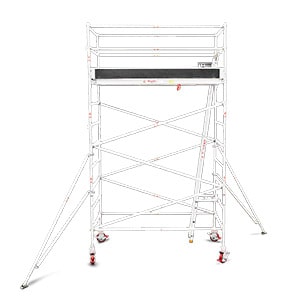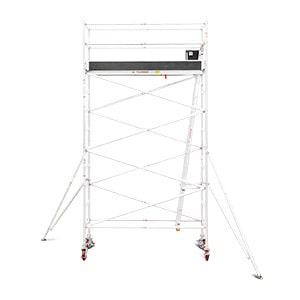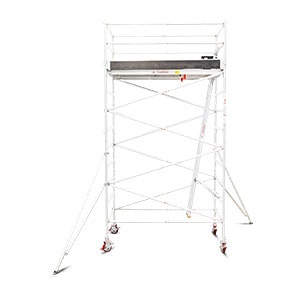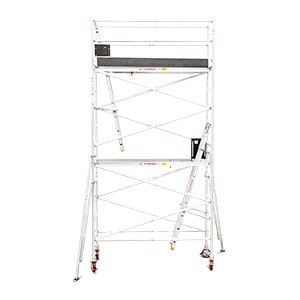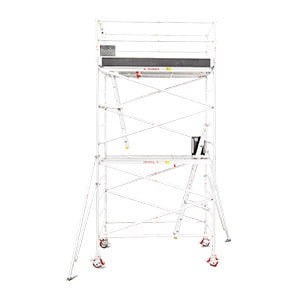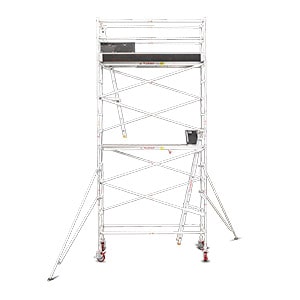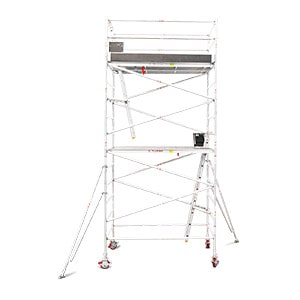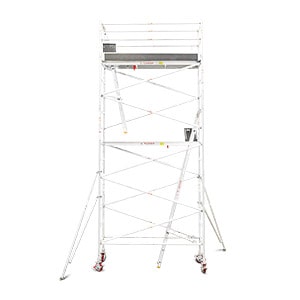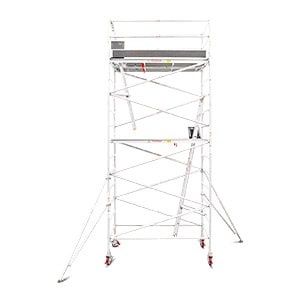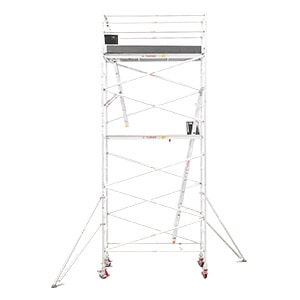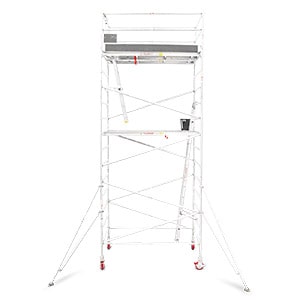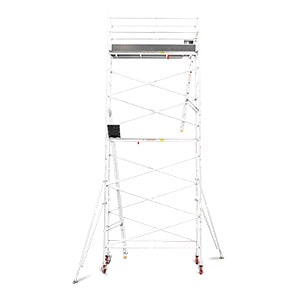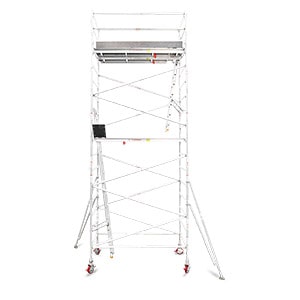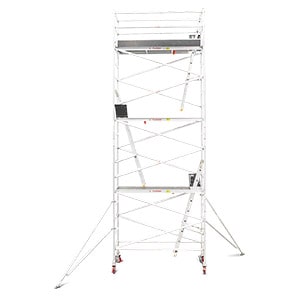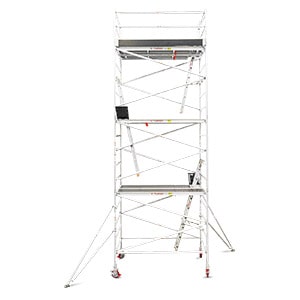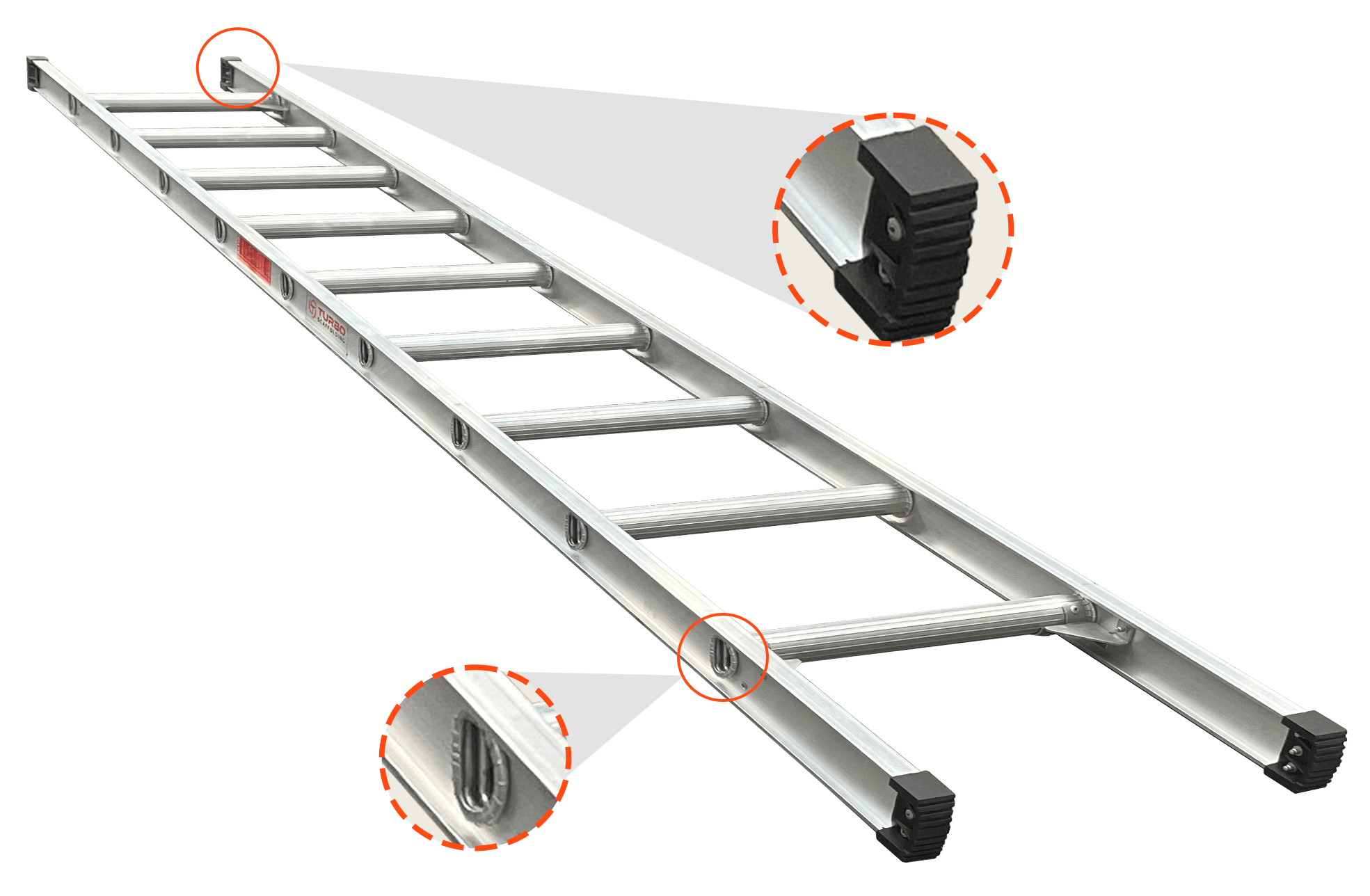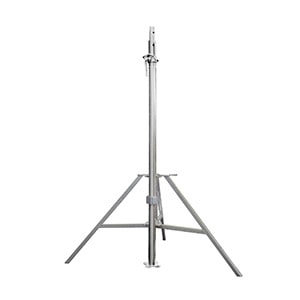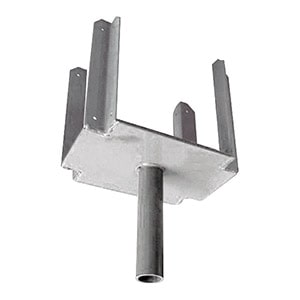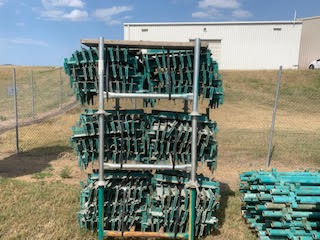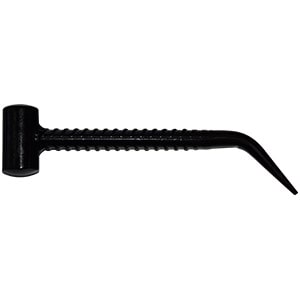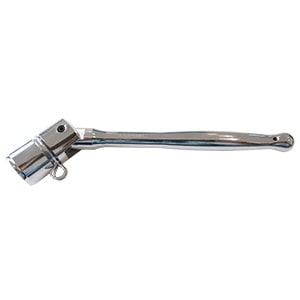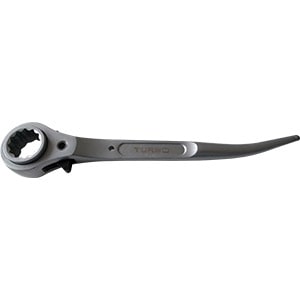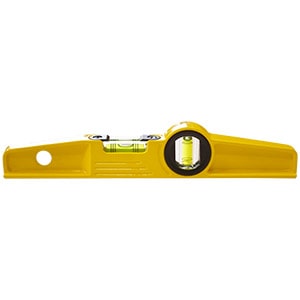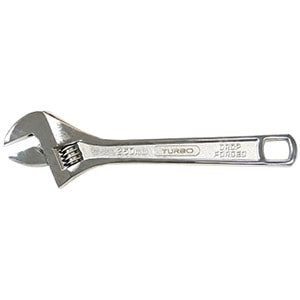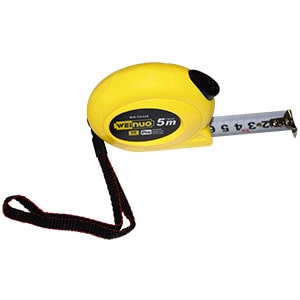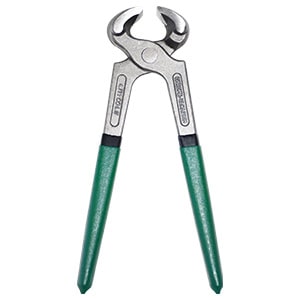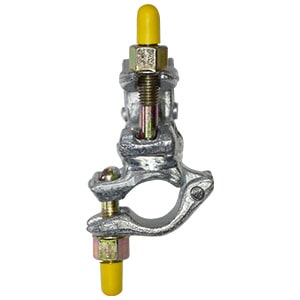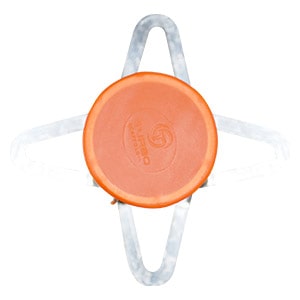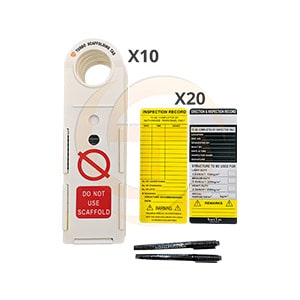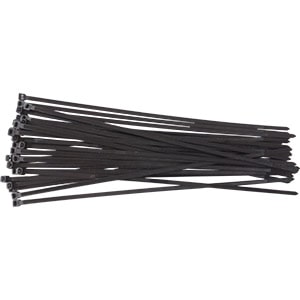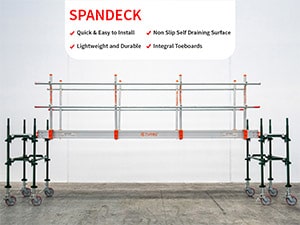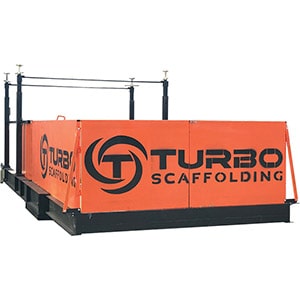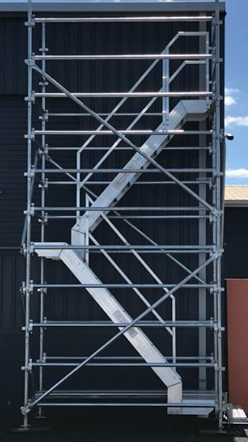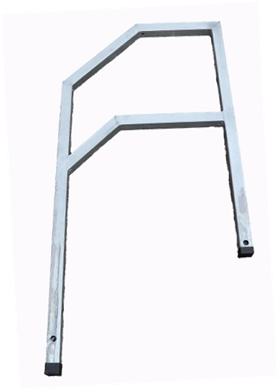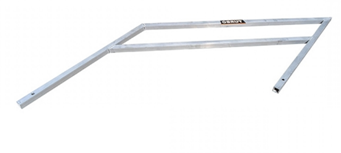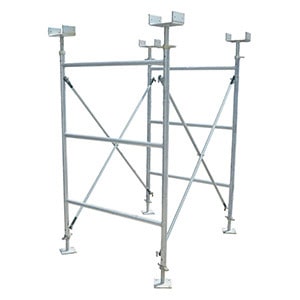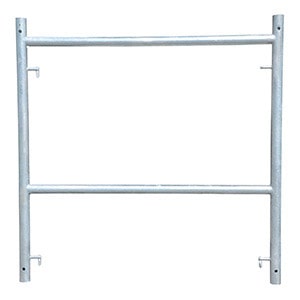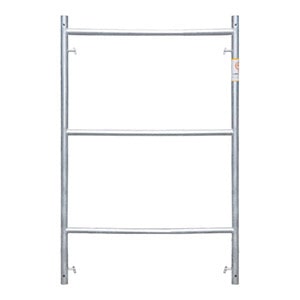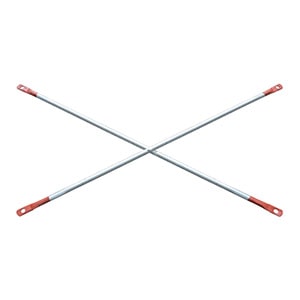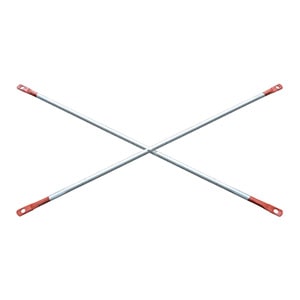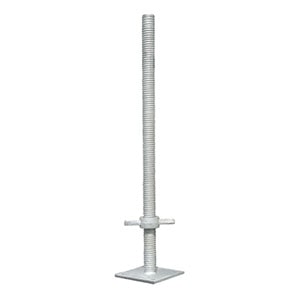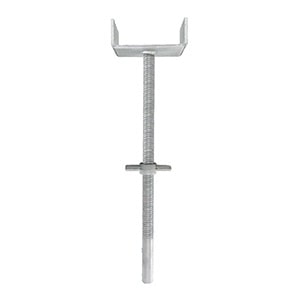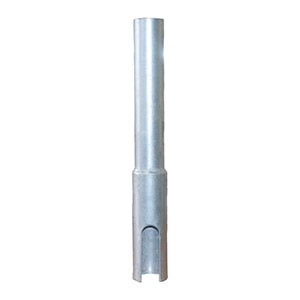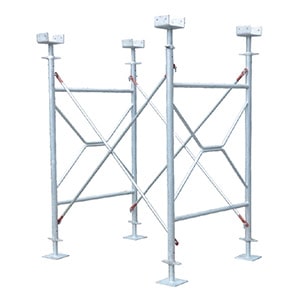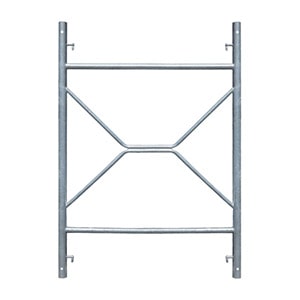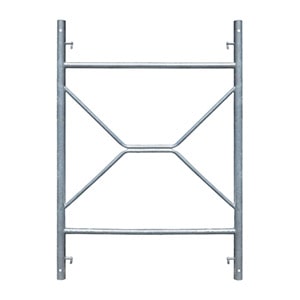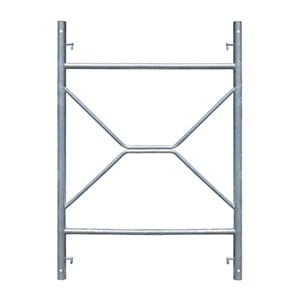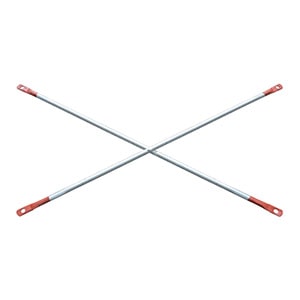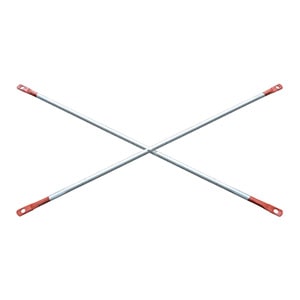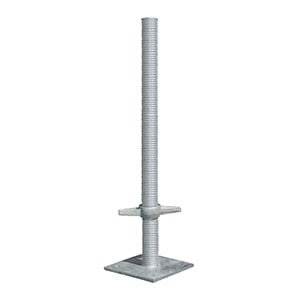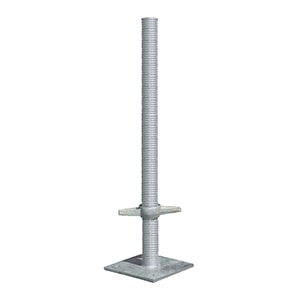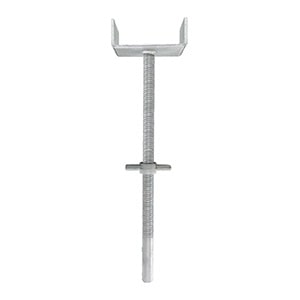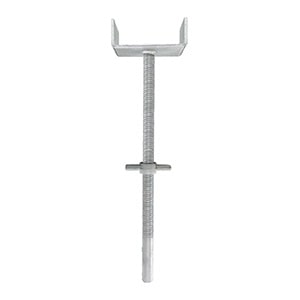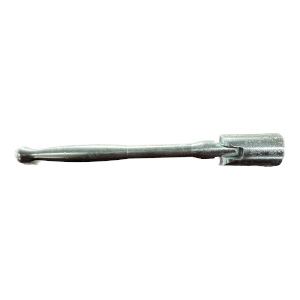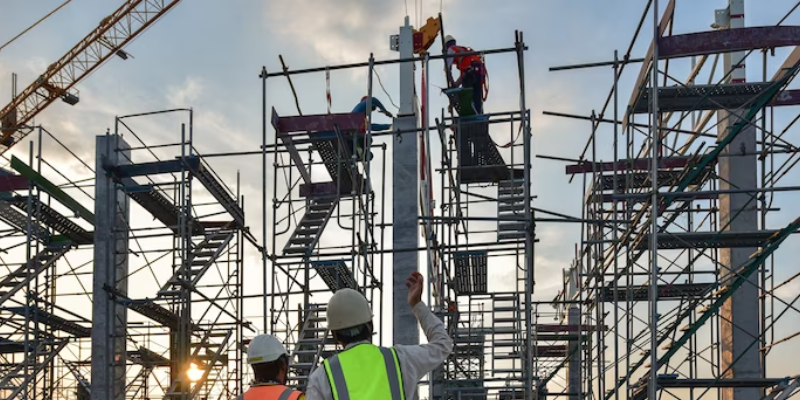Teamwork is essential in the construction industry. You have to be responsible for your safety and your coworkers’ well-being. It is particularly essential when working at elevated heights, such as on scaffolds. At all costs, it is imperative to prevent accidents, such as falls from scaffolds. Using a high-quality scaffolding system is the first step towards working safely at heights. However, how you behave on the scaffold is also vital to ensure everyone can go home safely and sound after work.
Here are the vital tips you and your team needs to follow to help each other to work on the scaffold safely:
Use the Right Stairs & Ladders
Each scaffold must have proper stairs, stair towers, or ladders to help you climb up and climb down the scaffold quickly and safely. Avert jumping from the scaffold to the ground or from one scaffold level to another.
Fall Prevention
Scaffold falls are to be averted at all costs. Preventive measures can be taken even before you step foot on the scaffold. Before stepping on the scaffold, ensure each level you’ll be working on has a 3-part side guard containing a guardrail, middle rail, and a toe board. And as soon as you start your work, there shouldn’t be any tripping hazards on the scaffold. For instance, it also applies to unfasten ladder access hatches. These must be closed before you can move freely on the scaffold.
Prevent Hazards Caused By Falling Objects
If an object is no longer required, it is dropped from the scaffold to the ground because it is the quickest way to get rid of it. You must take the longer route and refrain from dropping objects from the scaffold for your and your team’s safety.
Falling objects, intentionally dropped or not, are also an elevated risk if you are working on various scaffold levels simultaneously. So, as far as possible, try to protect yourself from injury due to falling objects.
Avoid Making Any Changes to the Scaffold That’s In Use
Scaffold’s stability must be guaranteed during use. So it is essential to avoid modifying the scaffold while it remains in use. For instance, you should not remove anchors, side guards, or scaffold decks yourself. After that, the assembly of rubble chutes shouldn’t be undertaken immediately. If any changes have been made to the scaffold, only use it once it has been examined by a competent person who has acquired the proper training.
Report Faults of The Scaffold Immediately
If you observe any defects or damage to the scaffolding – immediately, report them to your supervisor or the scaffolding company in charge.
Take Care of the Load-Bearing Capacity of the Scaffold Decks
You and your team should always be aware of scaffold decks’ load-bearing capacity. Only take material onto the scaffold that the decks can support. And you should ensure the passageway is wide enough to make your work material manageable.
If you want to buy high-quality scaffolding or aluminium mobile towers in Australia, call Turbo Scaffolding at 02 9725 5233, and our expert and friendly team will gladly assist you.

